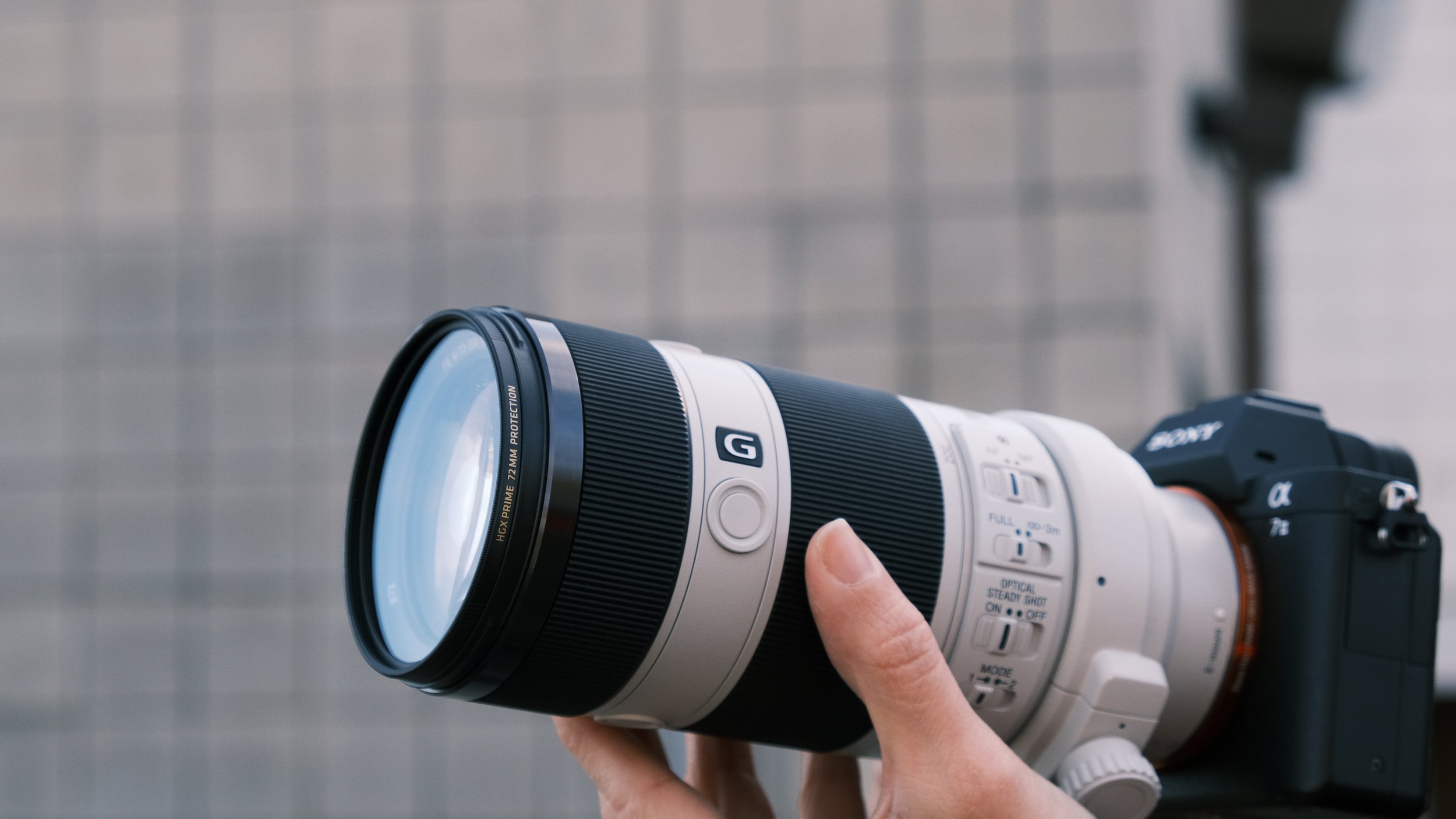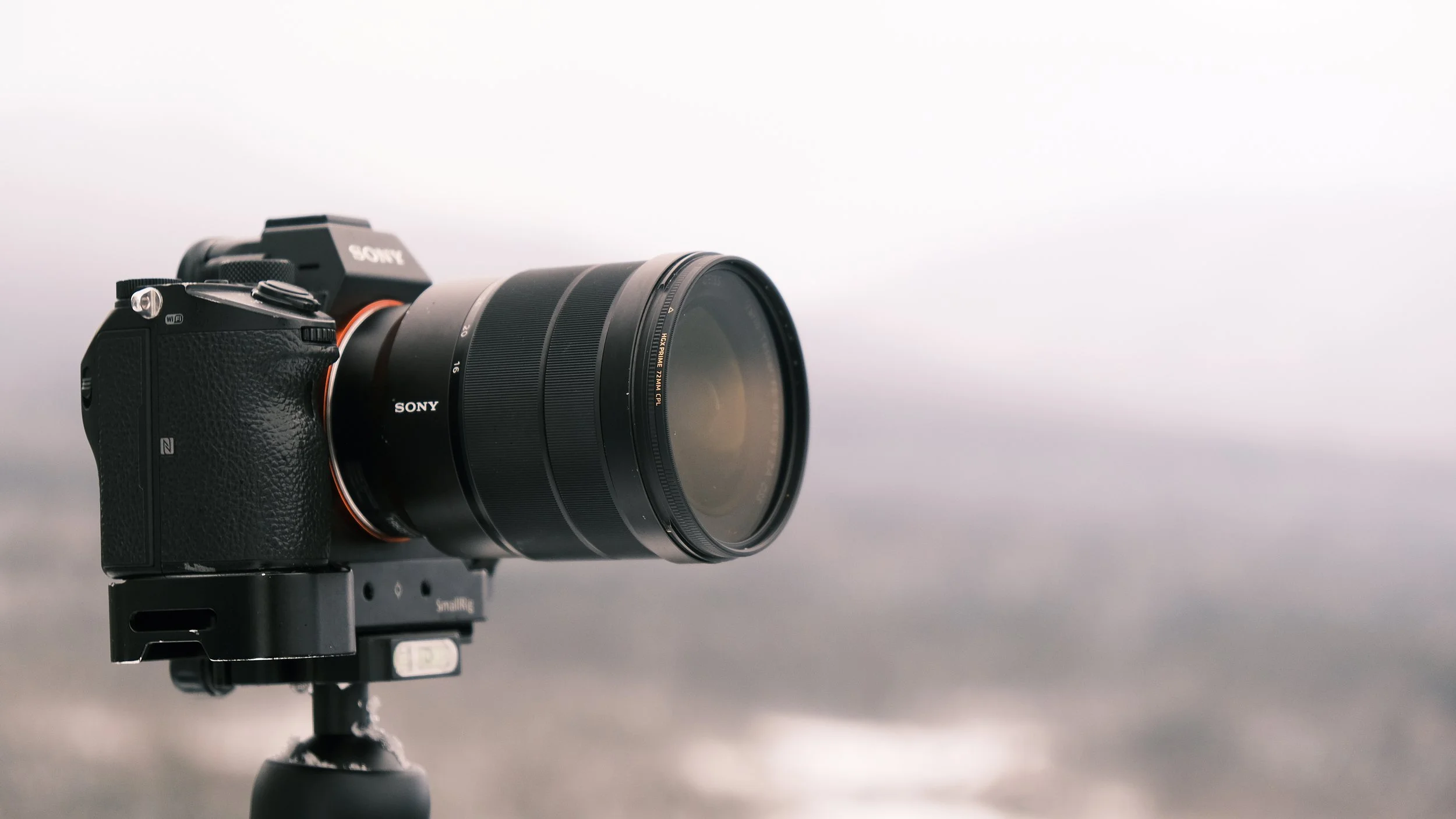ProMaster Filter Comparison: ND vs. CPL vs. UV vs. Protection
There are certain types of gear that are, to put it simply, essential for photography and videography. Filters are one of those tools that must be taken into consideration, no matter your level of expertise. For those that are just stepping into the creative space, this can be a bit of an overwhelming topic as not all filters are made the same and there’s a time and a place for each of them. Today we’ll give a quick rundown on four of the most popular filters offered on the market and when, how, and why you should use them!
ND Filters
Neutral density (ND) filters help to reduce the amount of incoming light that reaches your camera's sensor. This allows us to achieve more desirable in-camera exposure settings. If you’re shooting in an outdoor location where you are unable to control the incoming light, an ND will provide you additional exposure control to manage the light. If you're looking to capture one of those dreamy aquascape photos you may have seen on Instagram, then you'll likely need an ND filter as well. Controlling exposure is particularly important if you’re shooting video and wish to maintain the 180-degree shutter rule.
ND filters often come as one specified “stop” or “stops” of light reduction, or they can be purchased as a variable ND filter, providing multiple levels of exposure control from one filter. Personally, I’d recommend the ProMaster HGX Prime line of variable ND filters as they allow you to maintain incredible image sharpness and color rendition. Learn more about ND filters in this post and how they can take your photo or video to the next level.
CPL Filters
Circular polarizers (CPL) are another must-have filter. CPLs help to reduce unwanted glare in your image while enhancing color saturation. By removing unwanted glare, you can reveal details that would have otherwise been lost. This is especially helpful when shooting outdoors in bright environments. Slowly rotate the front of your filter until you achieve the desired level of polarization. As you rotate, keep your eye on your viewfinder or LCD screen and watch the sky begin to deepen in color as the unwanted haze is removed from your shot.
Polarizers are especially helpful when shooting reflective surfaces, like the water or cars. If a water reflection is not an intended part of your composition, adding a CPL to your lens removes the reflection and achieves an even color cast across any waterscape. When it comes to car photography, windows and windshields can produce glare and block the view of the car’s interior. Simply rotate your CPL filter and watch the interior come into view. This applies to any circumstance in which you are shooting highly reflective surfaces. Attach a ProMaster CPL filter onto your lens and watch the magic happen!
UV Filters
As you can probably imagine UV filters block ultraviolet rays from entering your camera. These are especially important when shooting with a film camera as UV rays can cause discoloration in your images. If you're one of the many people that has picked up a film camera again in the past few years, this is something to consider to ensure you get the best photos out of every roll.
For digital sensors, the issue of color cast from UV rays is nearly nonexistent. Digital sensors are far less susceptible to UV rays and often photographers will use UV filters instead as added protection to the front element of their lens. In the case of an unexpected drop, you’ll be glad you’ve got one on the end of your lens. We recommend our HGX Prime UV filters as they offer ultra-hardened and scratch-resistant glass, providing you with peace of mind.
Protection Filters
Protection filters do exactly what the name says. They protect your front lens element from impact, water intrusion, and dust buildup. In essence, they provide the same protection as a UV filter without any ultraviolet blocking. So, you may be wondering why you would go with one and not the other. For most this will come down to cost. Protection filters cost less than UV filters for the equivalent thread size. If you are shooting film then we’d recommend investing in UV filters, but if you are shooting digital then realistically you can’t go wrong either way. If you decide to pick up a protection filter to shield your expensive glass lens, then we recommend checking out our HGX Prime line of protection filters as they provide nearly 100% light transmission to your camera while retaining the ultra-hardened glass found throughout the entire HGX range.
Final Thoughts on Filters
Filters can easily take your shot to the next level, with minimal effort on your part. These four filter types are the most popular in the industry, and for good reason. Photographers and videographers at all levels use filters on their shoots. Now that you know a little more about which filter can improve your shoot, check out filters at ProMaster online or visit your local camera shop to speak with a professional!











